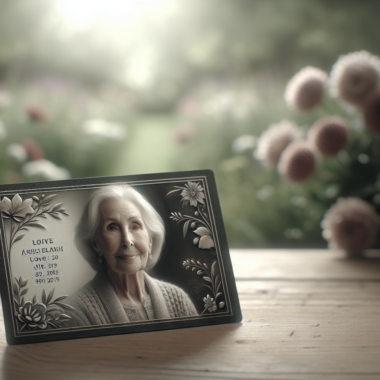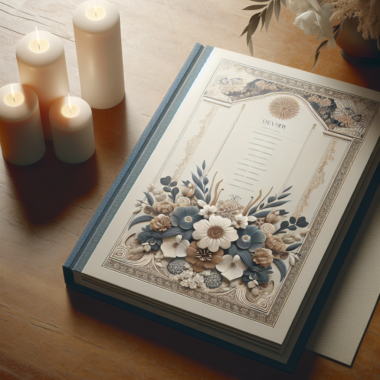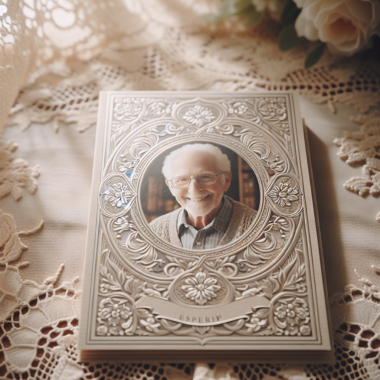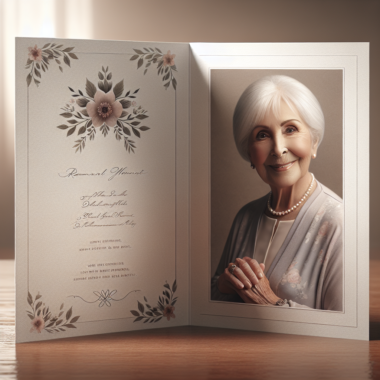In the solemn moments of bidding farewell to a loved one, funeral cards play a crucial role in honoring their memory. They serve not only as a keepsake for those attending the memorial but also as a testament to the life lived. **Understanding funeral card printing** is essential to ensure that these mementos reflect the dignity and personality of the departed.
Funeral cards, often referred to as memorial or prayer cards, typically include vital information such as the full name of the deceased, birth and death dates, and sometimes a personal message or prayer. The design of these cards can vary significantly, with options ranging from simple, elegant layouts to more elaborate, custom designs. The choice of images, colors, and fonts should resonate with the personality of the departed and the sentiments of the grieving family.
Before diving into the printing process, it’s important to consider the **type of paper** and **printing method**. High-quality card stock is recommended to ensure durability and a professional finish. Options such as matte, gloss, or textured finishes can add a touch of elegance. Additionally, deciding between digital and offset printing methods will impact the quality and cost of the final product.
Choosing a reliable printing service is crucial to achieving the desired outcome. A well-executed funeral card not only provides comfort to the bereaved but also serves as a cherished keepsake. At DisciplePress, LLC, we understand the importance of these moments and offer a variety of customizable printing solutions to meet your needs. Order funeral & memorial prints today and let us help you create a lasting tribute to your loved one.
Choosing the Right Funeral Card Design
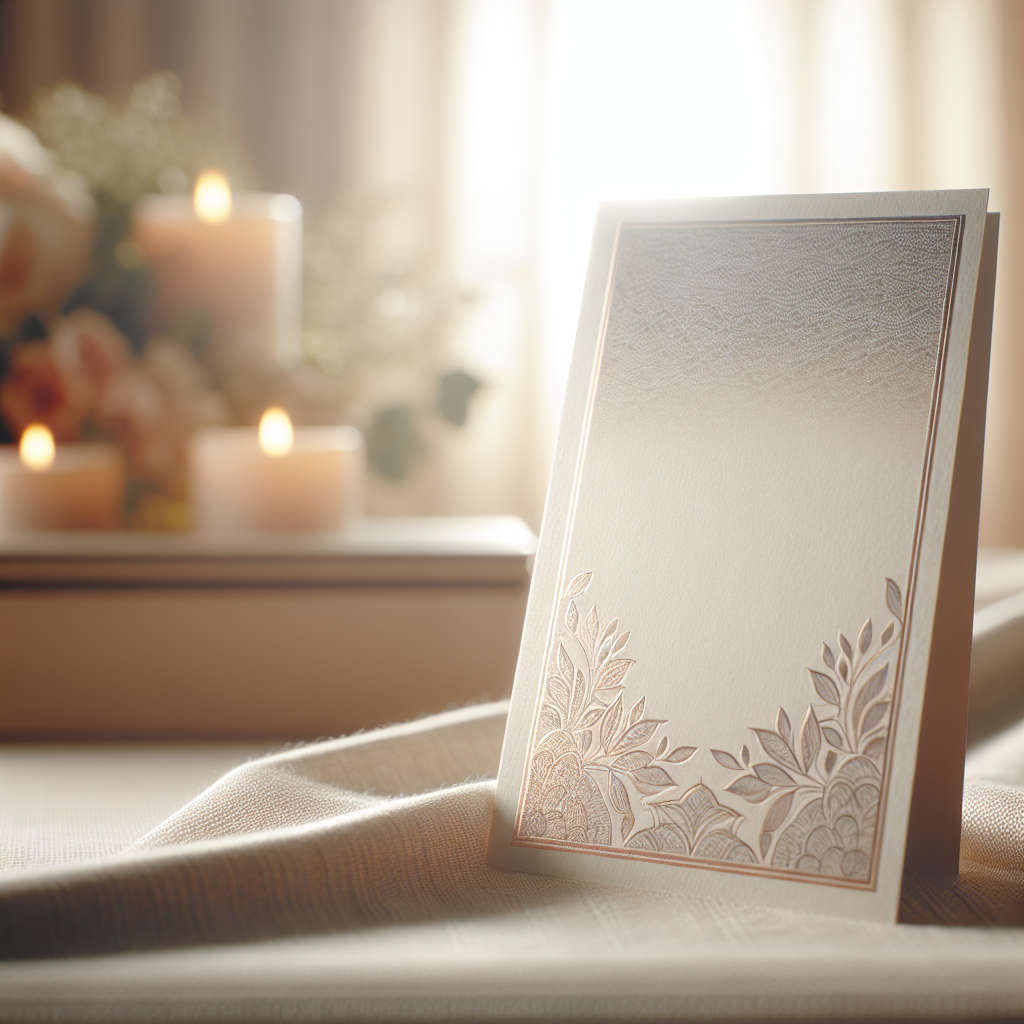
Selecting the perfect design for a funeral card is a delicate process that requires thoughtful consideration. The design should reflect both the personality of the deceased and the tone of the memorial service. **Choosing the right funeral card design** involves balancing personal preferences with traditional elements to create a meaningful tribute.
Begin by considering the _overall theme_ or _style_ you wish to convey. Some families opt for a classic and understated look, using muted colors and simple fonts, while others may choose vibrant hues and creative layouts that mirror the spirit of the individual being remembered. **Floral motifs**, **religious symbols**, or **landscape imagery** are popular choices, each carrying its own significance and cultural connotations.
Personalization is key in making the funeral card special. Incorporate a cherished photograph of the deceased, whether it’s a formal portrait or a candid shot that captures their essence. Including a meaningful quote, poem, or scripture can offer comfort and resonate deeply with attendees. Additionally, consider adding a short biography or a list of significant life accomplishments to celebrate the full scope of their life.
The choice of _fonts_ and _colors_ plays a critical role in the design process. Opt for legible fonts that convey the right tone, and choose a color palette that complements the imagery and overall theme. Remember, the design should not only honor the deceased but also provide solace to those who are mourning.
Ultimately, the right funeral card design is one that harmonizes these elements into a coherent and heartfelt message, creating a tangible memory that loved ones will cherish.
Essential Elements of a Funeral Card

Creating a funeral card that serves as a fitting tribute involves incorporating several essential elements. These components ensure that the card not only memorializes the deceased but also provides pertinent information for the attendees.
First and foremost, include the **full name** of the deceased, as well as their **birth and death dates**. This information is foundational, marking the beginning and end of their earthly journey. Adding a recent photograph helps attendees connect with their memories of the individual, making the card more personal and poignant.
An **opening sentiment** or **quote** is another vital element. Whether it’s a line from a favorite poem, an inspirational quote, or a passage from religious texts, this can set the tone and provide comfort to those grieving. Choose words that reflect the deceased’s values or beliefs, offering solace and reflection.
The **order of service** or schedule of events is crucial for guiding attendees through the memorial. This can include the time and location of the service, details about the order of events, and any special instructions, such as dress code or reception information. Also, consider including the names of those participating in the service, such as speakers or pallbearers, to acknowledge their roles.
Lastly, a **thank you note** or expression of gratitude on behalf of the family is a thoughtful touch. This can be a simple message thanking attendees for their support and presence during this difficult time.
By incorporating these elements, a funeral card becomes a meaningful keepsake, celebrating the life of the deceased while offering guidance and comfort to those who gather to mourn their loss.
Selecting the Best Printing Options
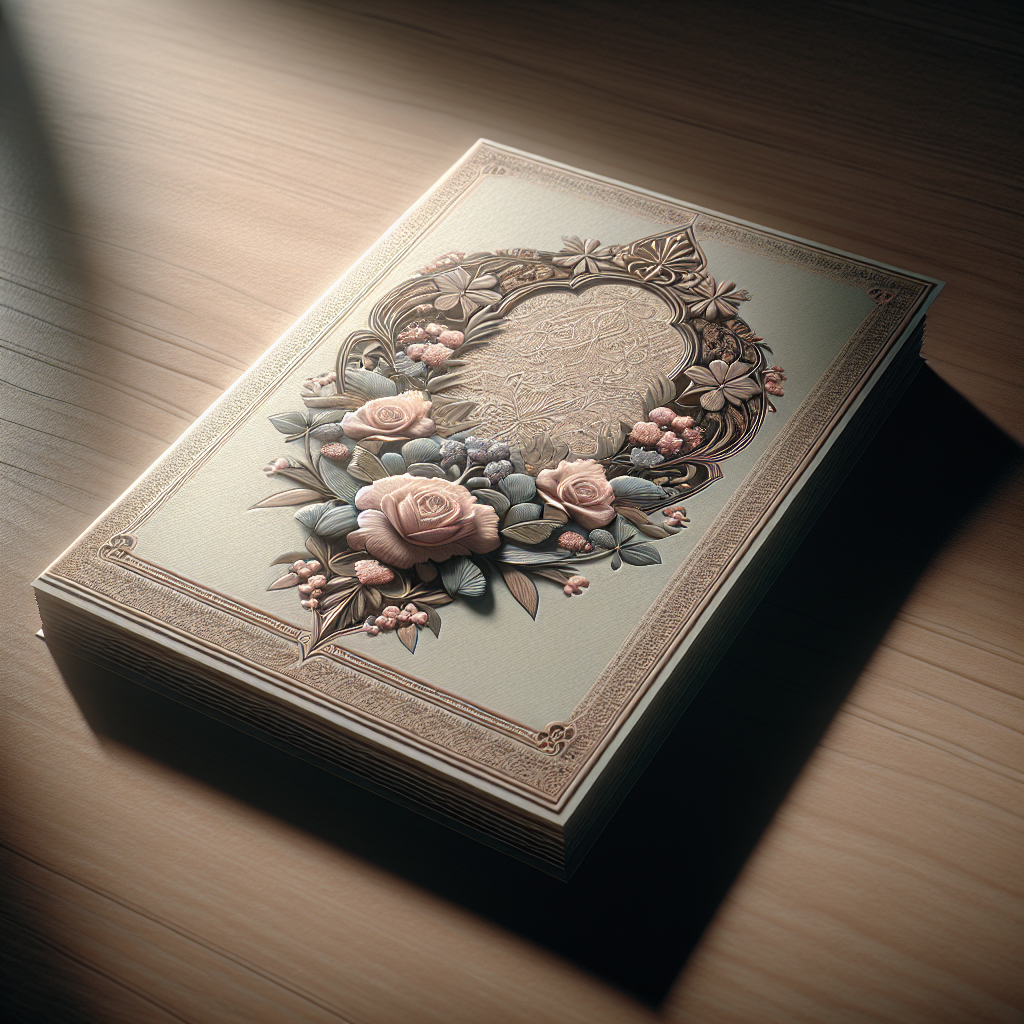
Choosing the right printing options for funeral cards is crucial to ensure they convey the desired sentiment and quality. With various printing methods and finishes available, selecting the best option can enhance the overall presentation of the memorial cards.
**Digital printing** is a popular choice due to its cost-effectiveness and quick turnaround time. It allows for vibrant colors and intricate details, making it perfect for cards that feature photographs or detailed designs. This method is ideal for smaller print runs, offering flexibility in quantity without compromising on quality.
For those seeking a more traditional approach, **offset printing** is renowned for its superior print quality and color accuracy. Although it might be more expensive and time-consuming than digital printing, it’s well-suited for larger print volumes and provides a professional, polished finish.
Consider the **paper quality** and finish when selecting your printing options. High-quality paper stock, such as glossy or matte finishes, can significantly impact the card’s look and feel. Glossy finishes tend to enhance colors, making them more vibrant, while matte finishes offer a more subdued and elegant appearance. Additionally, textured paper can add a tactile element to the cards, creating a unique and memorable keepsake.
Finally, think about any **special features** you might want to include, such as embossing or foil stamping. These can add a touch of sophistication and elevate the design, making the funeral cards stand out as a tribute to the deceased.
By carefully evaluating these printing options and features, you can create funeral cards that not only look beautiful but also serve as a lasting tribute to your loved one.
Step-by-Step Funeral Card Printing Process
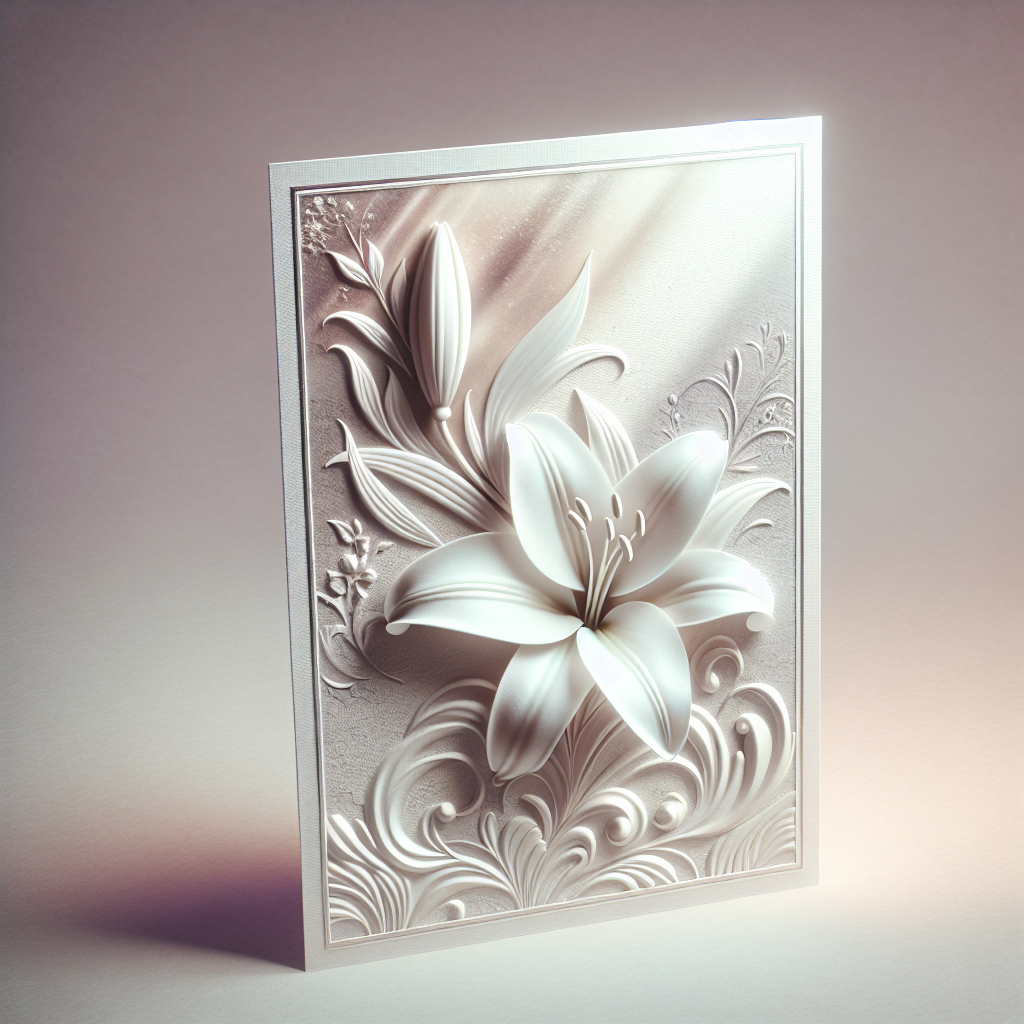
Printing funeral cards can be an emotionally charged task, but breaking it down into manageable steps can alleviate some stress. Here’s a step-by-step guide to help you through the process:
- Create a Design: Start by choosing a design that reflects the personality and values of the deceased. Utilize design software or templates available online to craft a layout that includes essential elements like the name, dates, and a heartfelt message or quote.
- Choose the Right Paper: Select a paper type that complements your design. Consider factors like thickness, finish, and color to ensure the card’s appearance matches your vision. Popular choices include glossy, matte, and textured papers.
- Prepare the File: Once your design is finalized, save it in a print-ready format such as PDF. Ensure the file resolution is high to avoid pixelation, typically at least 300 DPI, and double-check for any typos or errors.
- Select a Printing Method: Decide on the printing method that best suits your needs. Digital printing is ideal for small quantities and quick turnaround, while offset printing is perfect for larger batches with high-quality demands.
- Test Print: Before committing to a full print run, print a test copy to review how the final product will look. This step is crucial for catching any design or color issues that may need adjustment.
- Finalize and Print: After approving the test print, proceed with printing the entire batch. Ensure all settings are correct and that you have sufficient materials for the job.
By following these steps, you can ensure a smooth and respectful printing process for funeral cards, creating a meaningful tribute to your loved one.
Tips for Personalizing Funeral Cards

Personalizing funeral cards can be a touching way to honor the memory of a loved one, making them more meaningful for those who attend the service. Here are some tips to help you create a unique and heartfelt tribute:
- Include Personal Photos: Incorporating a cherished photo of the deceased can evoke fond memories and provide comfort to attendees. Choose a picture that captures their essence, whether it’s a formal portrait or a candid moment.
- Use Meaningful Quotes or Poems: Adding a quote or poem that reflects the personality or beliefs of the deceased can add depth to the card. Consider using favorite sayings or lines from their preferred literature.
- Share Personal Anecdotes: Including a brief anecdote or story about the deceased can offer a glimpse into their life, highlighting their character and leaving a lasting impression on those who read it.
- Select a Theme or Color Scheme: Choose colors and themes that reflect the deceased’s personal tastes or life experiences. This could be their favorite color, hobby, or something that symbolizes an important aspect of their life.
- Incorporate Religious or Cultural Elements: If the deceased had strong religious or cultural ties, integrate symbols or texts that honor those aspects of their identity.
By thoughtfully personalizing funeral cards, you create a unique and memorable keepsake that celebrates the life of your loved one. For expertly crafted funeral & memorial printing services, order funeral & memorial prints today at DisciplePress, LLC.
 Free Shipping Over $50
Free Shipping Over $50  888-432-8363
888-432-8363


 Obituary/Programs
Obituary/Programs No-Fold Memorial Programs
No-Fold Memorial Programs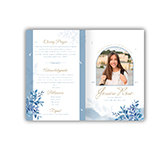 4 Page Funeral Programs
4 Page Funeral Programs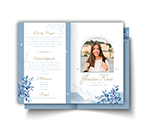 8 Page Memorial Programs
8 Page Memorial Programs 12 Page Funeral Programs
12 Page Funeral Programs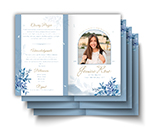 16 Page Funeral Programs
16 Page Funeral Programs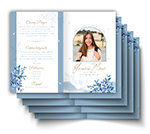 20 Page Funeral Programs
20 Page Funeral Programs Tri-Fold Funeral Programs
Tri-Fold Funeral Programs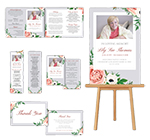 Complete Memorial Packages
Complete Memorial Packages
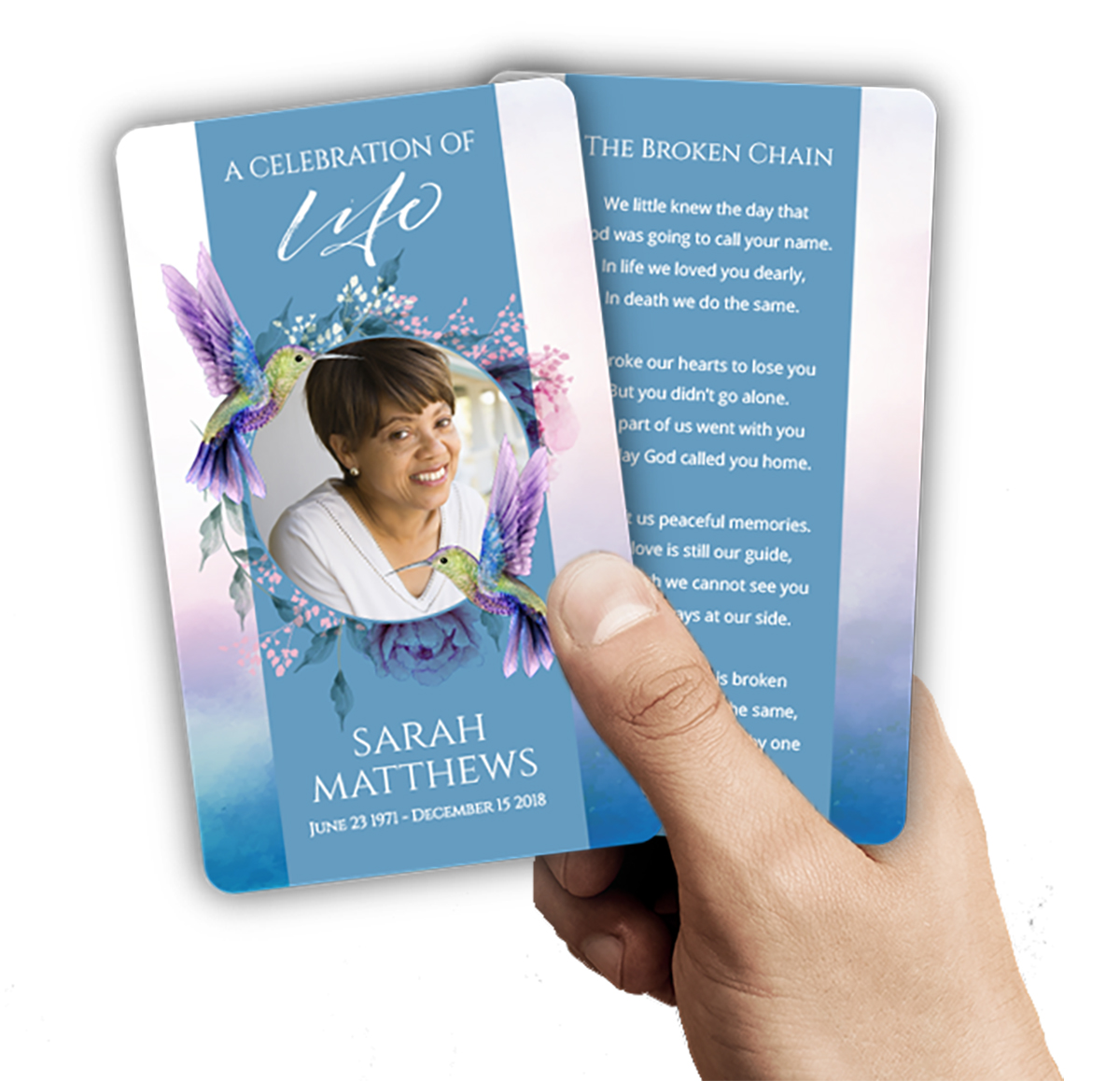 Cards & Bookmarks
Cards & Bookmarks Saint Prayer Cards
Saint Prayer Cards Folded Memorial Cards
Folded Memorial Cards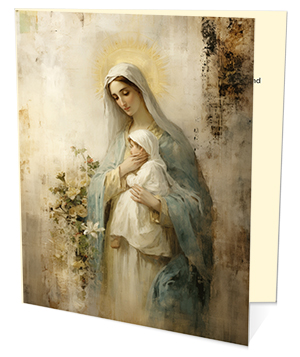 Folded Holy Cards
Folded Holy Cards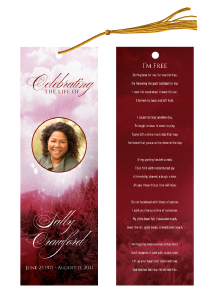 Memorial Bookmarks
Memorial Bookmarks Thank You Cards
Thank You Cards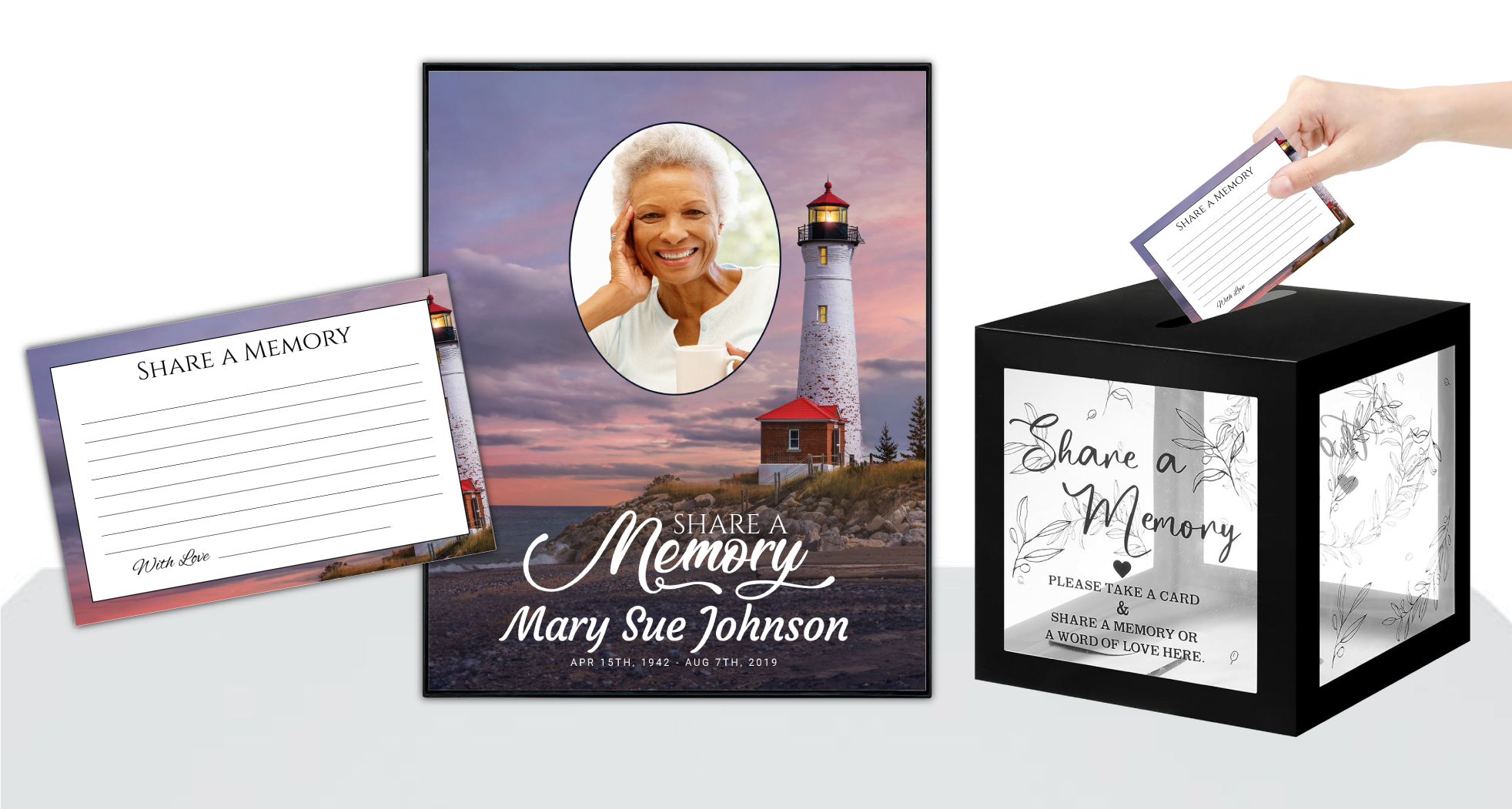 Share-A-Memory Cards
Share-A-Memory Cards Memorial Magnets
Memorial Magnets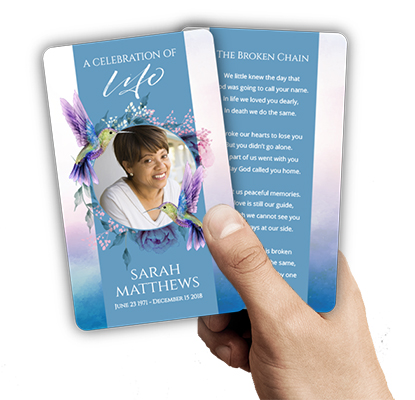
 Memorial Posters
Memorial Posters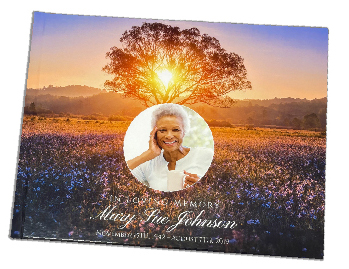 Guest Books
Guest Books Slide Shows
Slide Shows Memorial Fans
Memorial Fans Death Announcements
Death Announcements Take Away Keepsakes
Take Away Keepsakes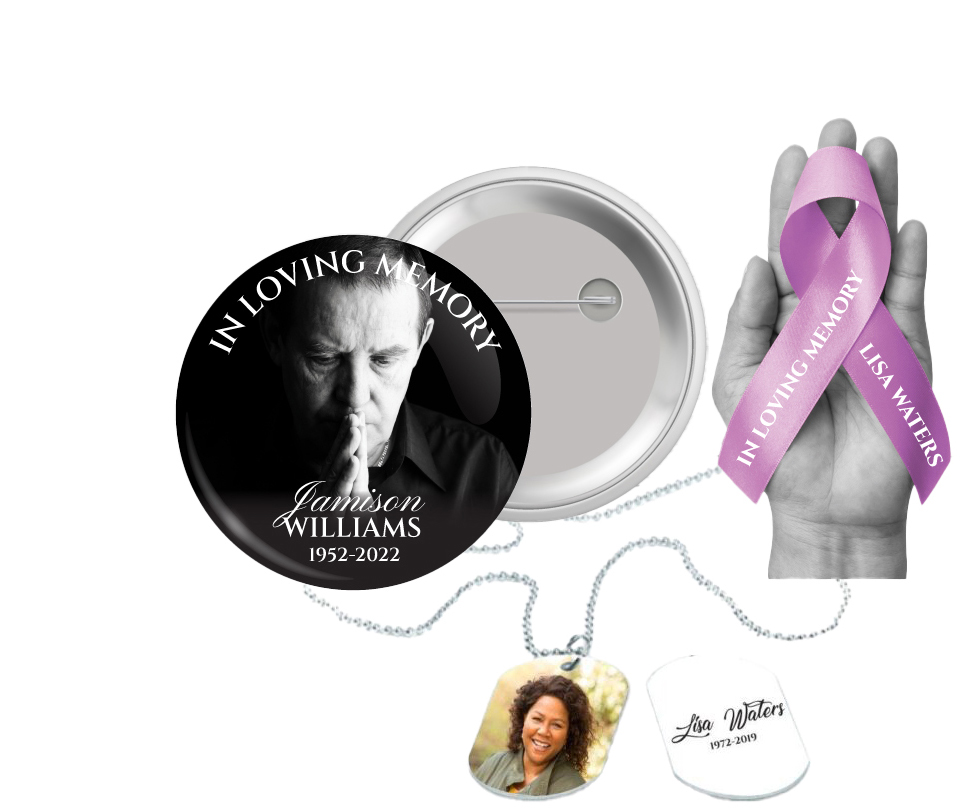
 Church Products
Church Products
